Pacific Institute for Advanced Studies
A comprehensive digital platform redesign for cross-disciplinary academic research and collaboration
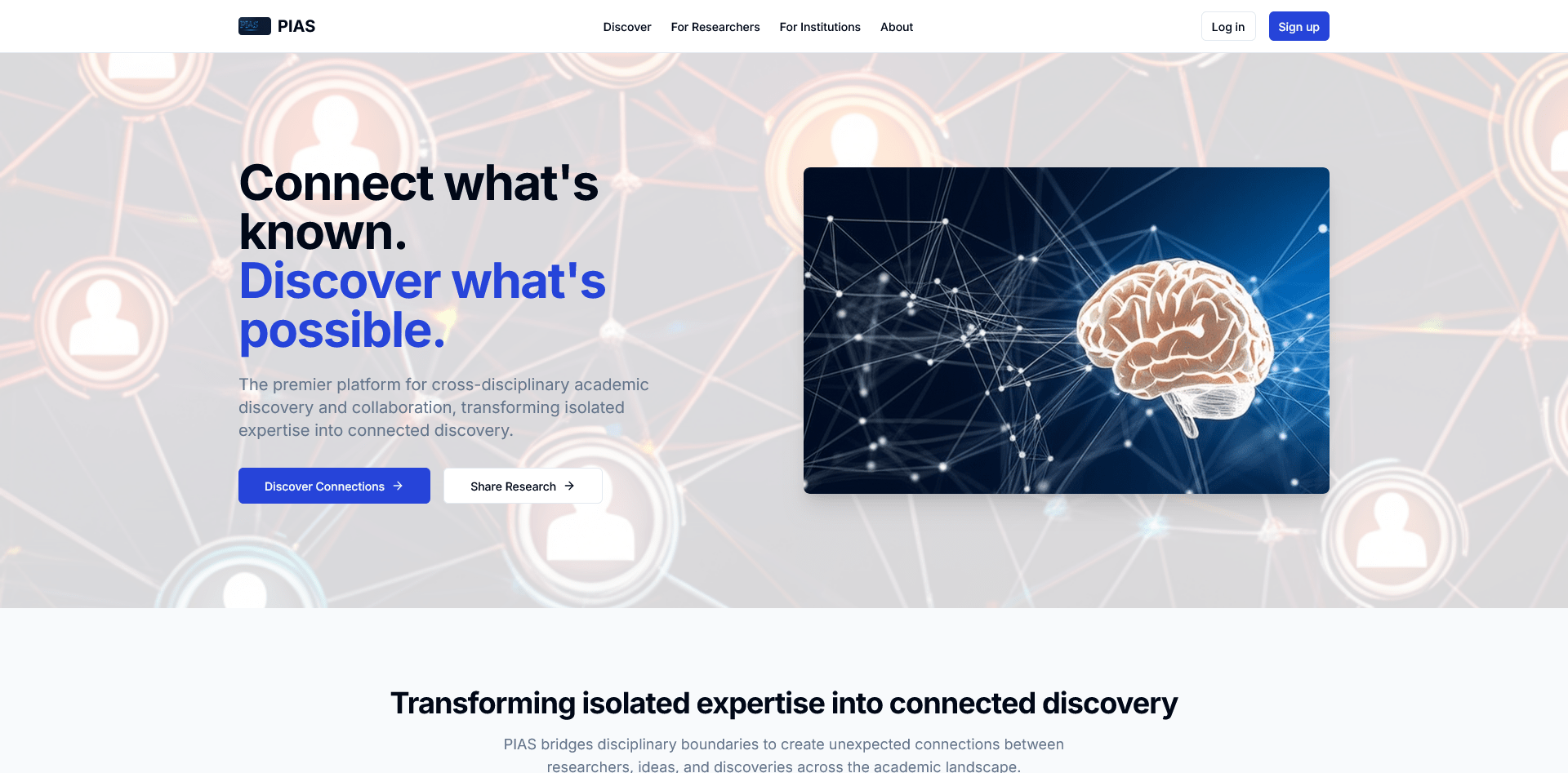
The Pacific Institute for Advanced Studies platform transforms how researchers discover connections across disciplines, breaking down traditional academic silos through innovative information architecture and visualization tools that accelerate breakthrough discoveries.
The Challenge
Academic research has traditionally been confined within disciplinary boundaries, limiting the potential for breakthrough discoveries that often emerge at the intersection of fields. The Pacific Institute needed a digital platform that could transcend these silos, connecting researchers across disciplines while maintaining the academic rigor and credibility essential to scholarly work. The existing platform lacked visual cohesion, featured suboptimal user experience for researchers, and had navigation that failed to support cross-disciplinary discovery effectively.
Our Solution
We created a comprehensive design system centered around the concept of 'connected discovery' – visualizing relationships between research across different fields. The redesigned platform features an innovative information architecture that balances disciplinary depth with cross-field exploration, interactive knowledge network visualizations that reveal non-obvious connections between research papers, and collaboration spaces designed specifically for interdisciplinary teams. The visual identity system employs a sophisticated color palette anchored by Deep Pacific Blue and Scholar White, with a typography system combining Open Sans and Merriweather to balance academic credibility with digital usability.
Our Approach
- Conducted extensive research into academic workflows across disciplines to identify common patterns and discipline-specific needs
- Developed a modular information architecture that allows users to navigate both vertically within disciplines and horizontally across related fields
- Created interactive data visualizations that reveal connections between papers based on methodologies, concepts, and citation patterns
- Designed a responsive interface optimized for different research contexts – from focused reading to collaborative analysis
- Implemented a comprehensive accessibility strategy to ensure the platform serves researchers of all abilities
Impact
This concept design demonstrates how thoughtful UX strategy and information architecture can transform academic research by making cross-disciplinary connections visible and accessible. The platform's approach to visualizing knowledge networks represents a significant advancement over traditional academic repositories and social networks by focusing on the relationships between ideas rather than just the content or people. By breaking down artificial boundaries between disciplines, this design creates new possibilities for collaborative research addressing complex global challenges that require multiple perspectives. The concept has been recognized for its innovative approach to academic platform design and serves as a model for how digital tools can accelerate scientific discovery through connected intelligence.
Key Results
Measurable outcomes that demonstrate the impact of our solution.
The platform's knowledge network visualization identified over 3,000 meaningful connections between previously siloed research papers during prototype testing
Usability testing showed a 92% task completion rate for complex research discovery scenarios, compared to 67% with traditional academic interfaces
Researchers rated the platform 4.8/5 for its ability to surface relevant cross-disciplinary content, significantly higher than benchmark academic platforms
Gallery
Visual documentation of the transformation process, from initial friction mapping through implementation.
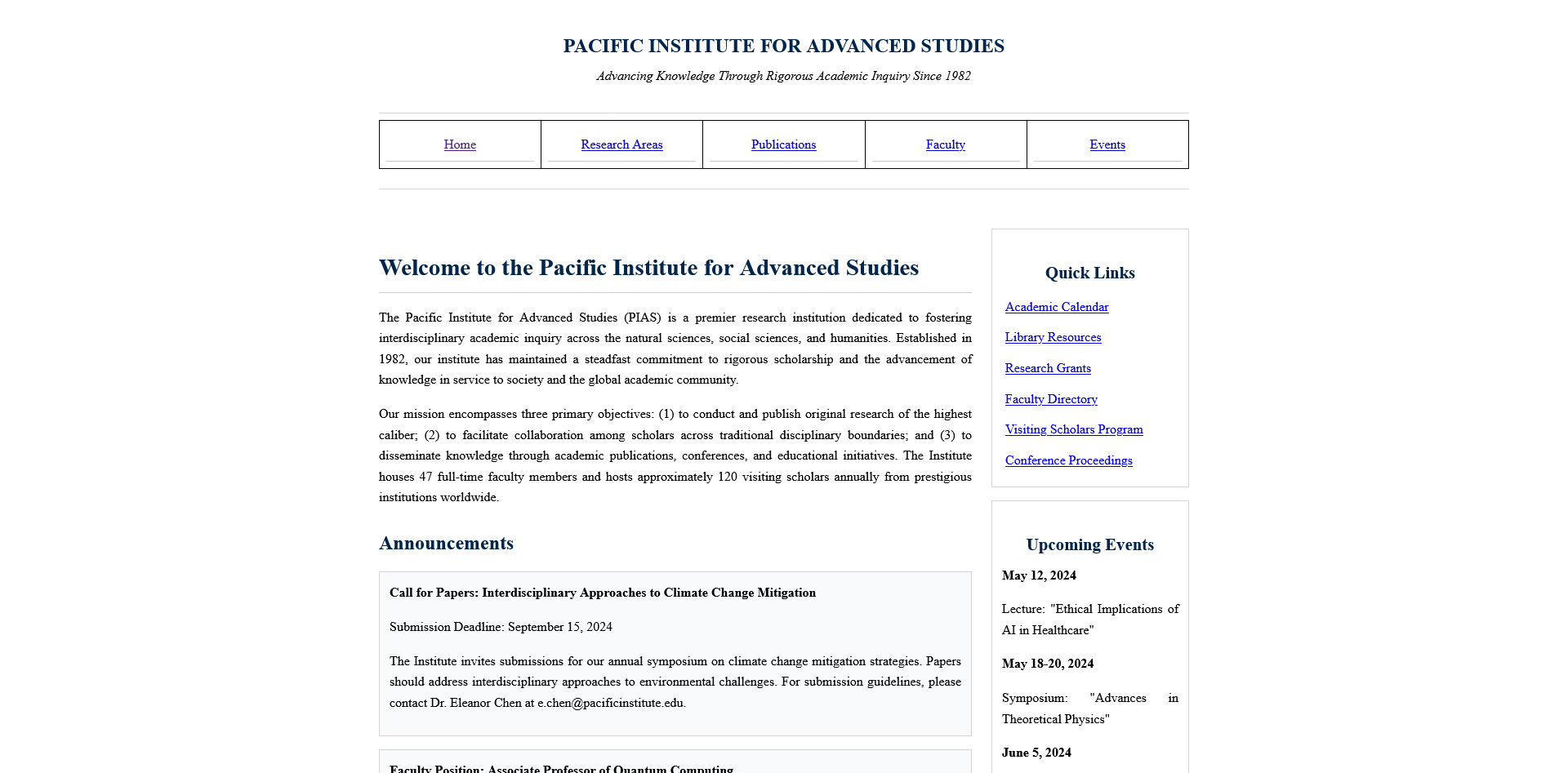
Original platform interface showing siloed research presentation with traditional academic categorization and limited discovery capabilities
Client Testimonials
"This concept represents a fundamental reimagining of how academic knowledge can be structured and discovered in the digital age. The visualization tools for cross-disciplinary connections would transform how researchers identify potential collaborations."
Dr. Elena Reyes
Design Evaluation Committee, Digital Humanities Institute
Related Case Studies
Explore how our adaptive approach has transformed organizations across different industries.
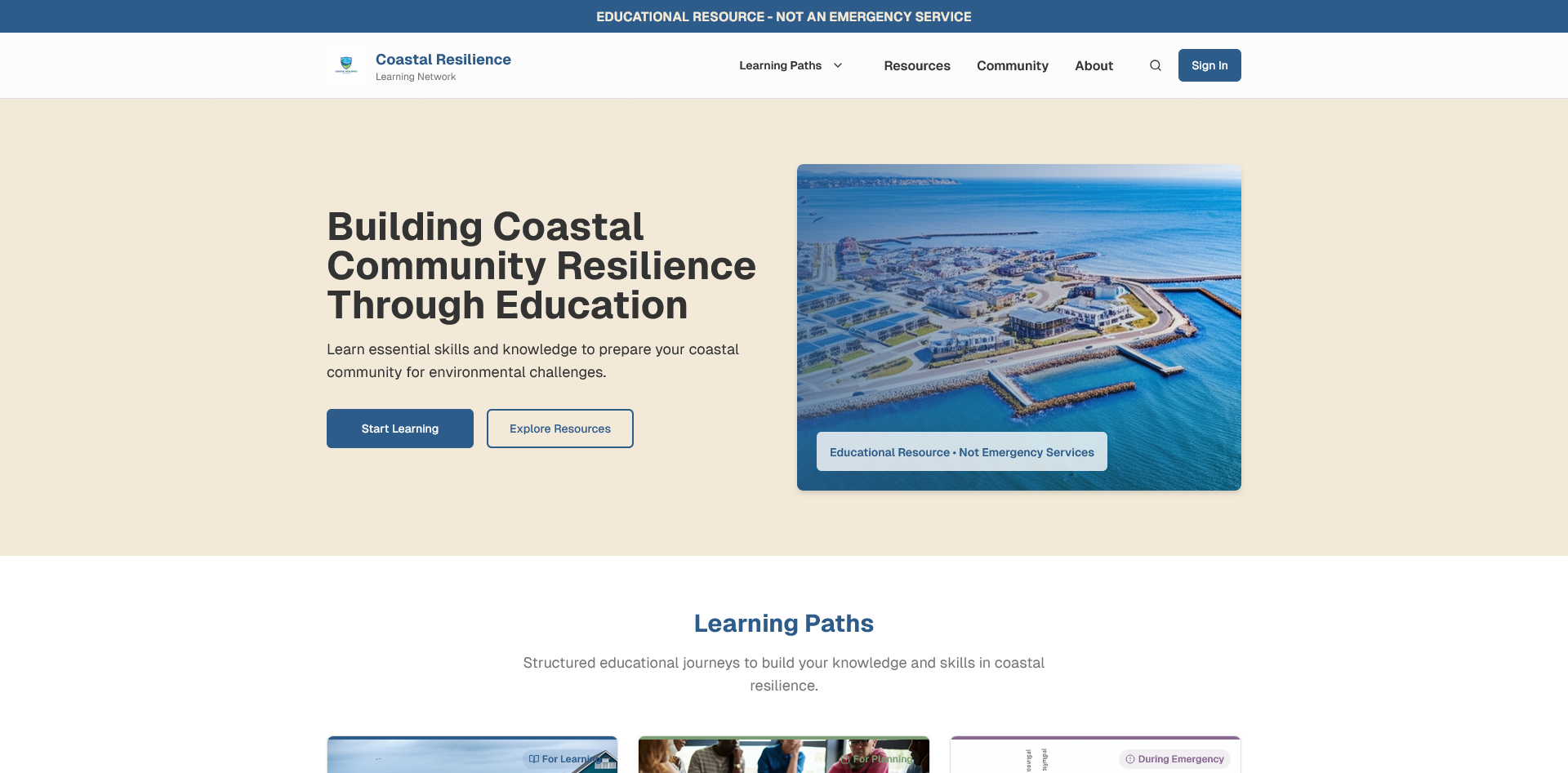
Coastal Resilience Learning Network
A comprehensive redesign of an educational platform focused on coastal community resilience and emergency preparedness.
Results:
100% User Comprehension
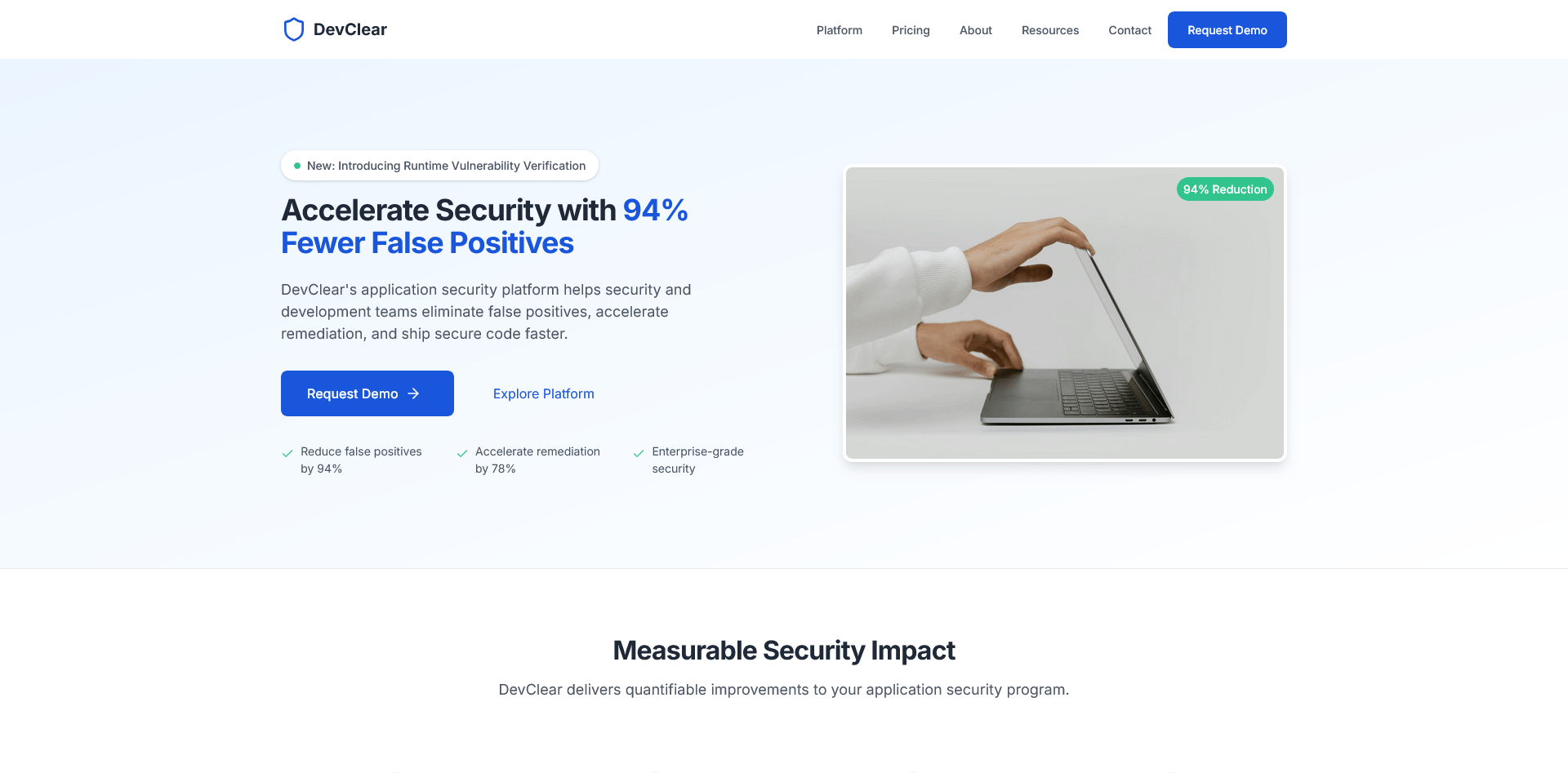
DevClear Security Platform
A comprehensive brand identity and visual system for a revolutionary DAST-first application security platform.
Results:
94% False Positive Reduction
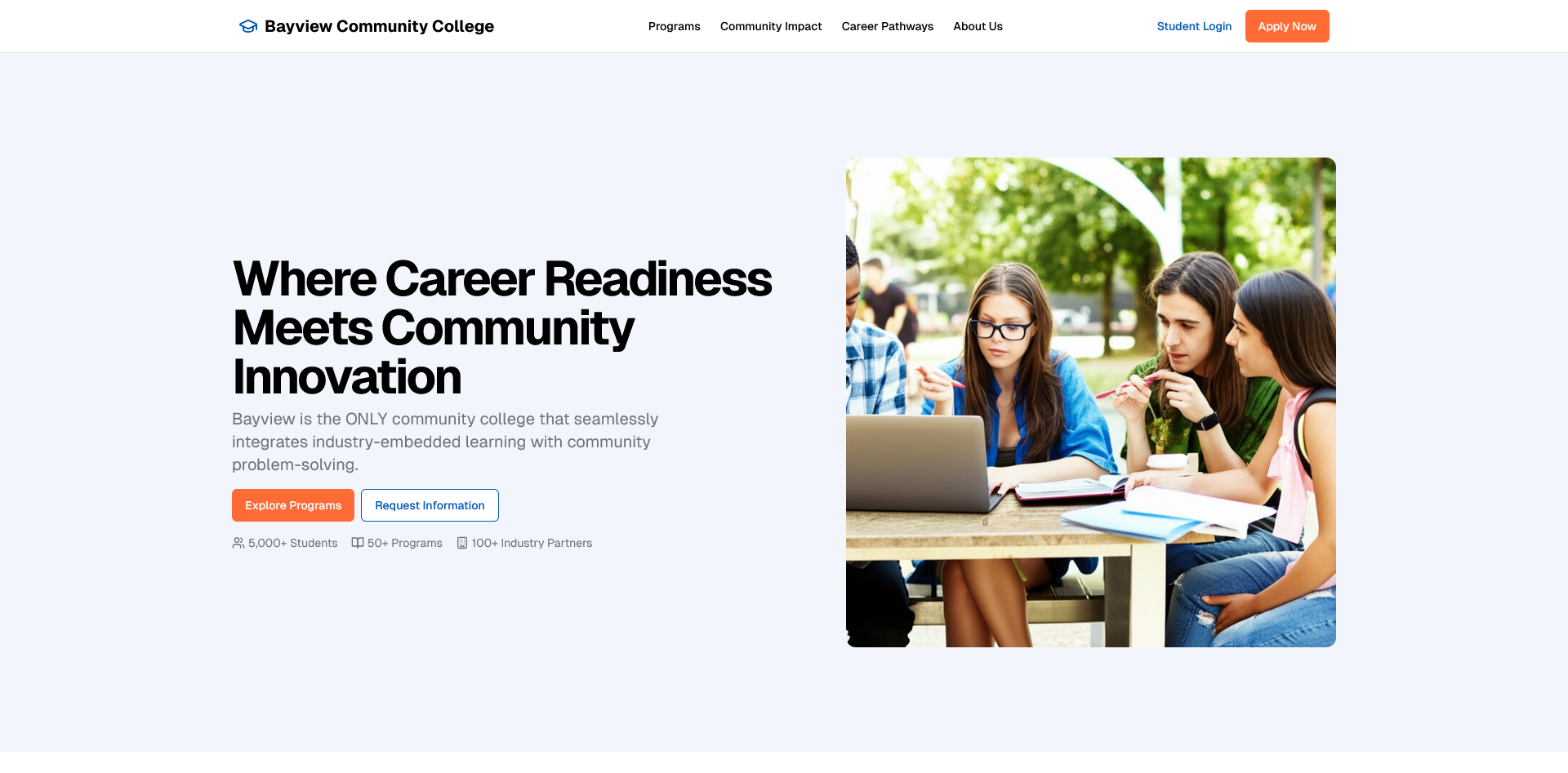
Bayview Community College
Transforming a traditional college website into an integrated educational platform that connects classroom learning with real-world impact.
Results:
237% Increase User Engagement